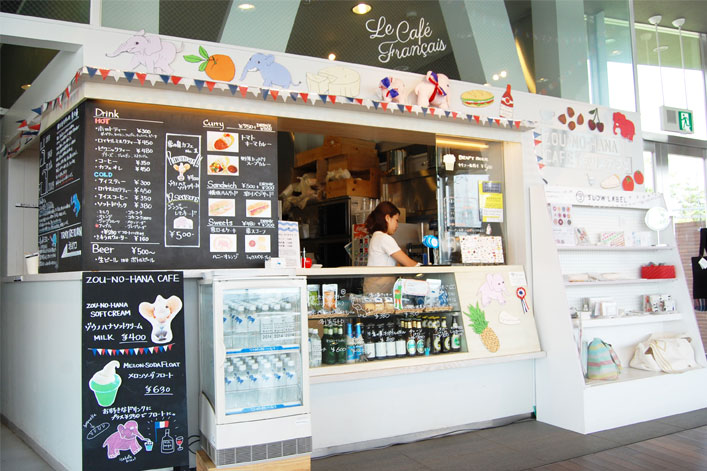ABOUT ZOU-NO-HANA TERRACE
WELCOME TO ZOU-NO-HANA TERRACE: A NEW CENTER FOR CULTURAL EXCHANGE
As Zou-no-hana Park, which houses Zou-no-hana Terrace, stands on the original site of Yokohama Port, it has a symbolic significance, connecting the city's past and future. Since it opened 150 years ago, the port has served as a place where various cultures came into contact with each other. Moreover, the exchanges that occurred in the port helped shape Yokohama, and provided a source of its creative culture. In that sense, Zou-no-hana Park was truly the starting point for the creative city of Yokohama. Based on this tradition, Zou-no-hana Terrace strives to function as a base for various encounters and connections between people and cultures as well as a source of new culture. The facility creates a link to the origins of Yokohama, art and culture from around the world, and Yokohama's esteemed cultural and artistic heritage. The future of the city arises from these myriad links. With its 150-year history, Zou-no-hana functions as a base for new cultural exchanges.
ZOU-NO-HANA: THE ORIGIN OF YOKOHAMA PORT
Zou-no-hana Park stands on the spot where the U.S. naval officer Commodore Matthew C. Perry disembarked on his second visit to Japan on March 31, 1854. In 1859, after Yokohama was designated as one of the five ports in the Treaty of Amity and Commerce between Japan and the U.S., the area became the first full-fledged harbor in Yokohama, providing the area with a venue for brisk trade and commerce with other countries. The name "Zou-no-hana" is derived from the shape of the nearby embankments which, after gradually changing shape over the years, came to resemble an elephant's trunk. The present-day embankments in the park are reproductions based on the shape of earlier structures dating from the late 19th century, many of which sank into the ocean due to the Great Kanto Earthquake of 1923. The park also contains a group of display panels outlining the history of the site.











































